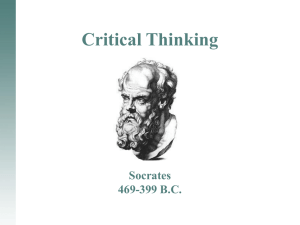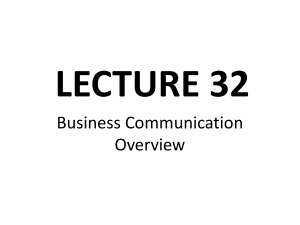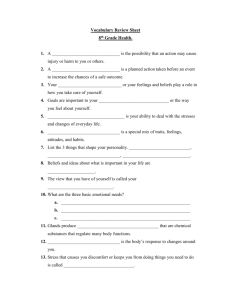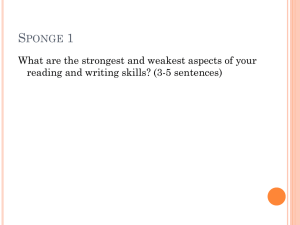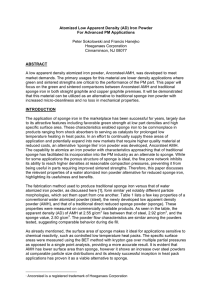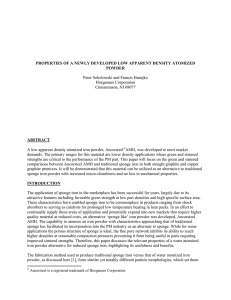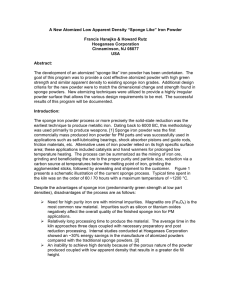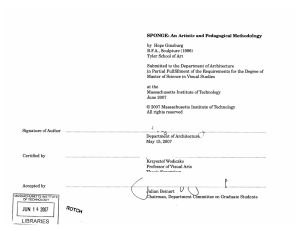Critical Thinking
advertisement
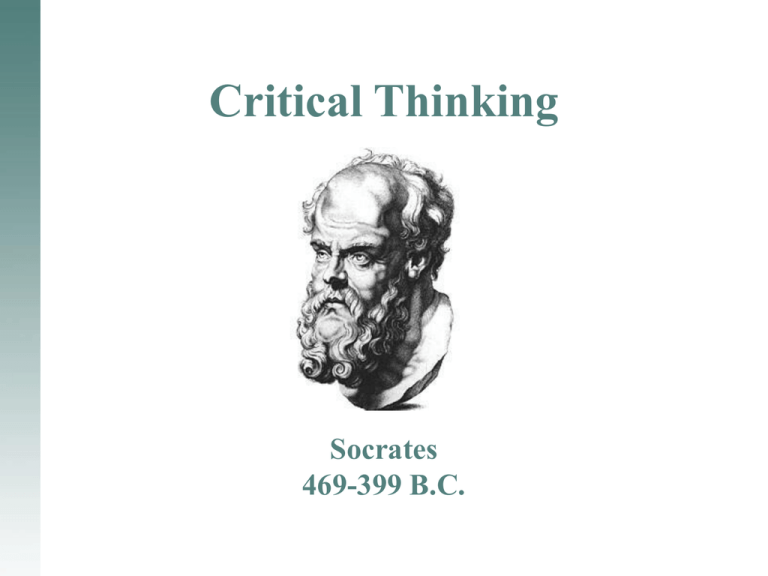
Critical Thinking Socrates 469-399 B.C. What is Critical Thinking? Critical thinking =df. The careful, deliberate determination of whether we should accept, reject, or suspend judgment about a claim – and of the degree of confidence with which we should accept or reject it. Alternative Thinking Styles • One approach to thinking is similar to the way in which a sponge reacts to water: by absorbing. • Advantages: – The more information you absorb about the world, the more capable you are of understanding its complexities. For example, it would be difficult to judge a sociological theory before you had absorbed a core of knowledge about sociology. Alternative Thinking Styles II A second advantage of the sponge approach is that it is relatively passive. The primary mental effort involves concentration and memory. Disadvantages: • The sponge approach provides no method for deciding which information to believe and which to reject. Alternative Thinking Styles III •The sponge approach emphasizes knowledge acquisition. •Critical thinking stresses active interaction with knowledge as it is being acquired. •An individual that takes the sponge approach to learning may underline or highlight key words and sentences. Her mission is to find and understand what the author has to say. She memorizes the reasoning, but does not evaluate it. A Critical Thinking Approach A critical thinking approach requires that the reader ask herself a number of questions to clarify logical steps in the material and to help identify important omissions. GOALS OF CRITICAL THINKING • What is critiqued is the ideas of people, not the people themselves who hold the ideas. • The goal of philosophy is knowledge through a disinterested search for truth, not winning or simply appearing to defeat another in argument. • Critical thinking helps both ourselves and others when it helps us recognize that a “position, theory, or idea is incomplete or unclear, insufficiently supported, or in some other way unconvincing,” and thus helps us to arrive at the truth which is the goal of knowledge seekers. SKILLS INVOLVED IN CRITICAL THINKING • • • • • • • • • Critical Readers Are: willing to spend time reflecting on the ideas presented in their reading assignments able to evaluate and solve problems while reading rather than merely compile a set of facts to be memorized logical thinkers diligent in seeking out the truth eager to express their thoughts on a topic seekers of alternative views on a topic open to new ideas that may not necessarily agree with their previous thought on a topic able to base their judgments on ideas and evidence able to recognize errors in thought and persuasion as well as to recognize good arguments SKILLS INVOLVED IN CRITICAL THINKING • • • • • • • Critical Readers Are: willing to take a critical stance on issues able to ask penetrating and thought-provoking questions to evaluate ideas in touch with their personal thoughts and ideas about a topic willing to reassess their views when new or discordant evidence is introduced and evaluated able to identify arguments and issues able to see connections between topics and use knowledge from other disciplines to enhance their reading and learning experiences Schumm, J. S. and Post, S. A. Executive Learning. Thinking and Feeling When you first encounter a conclusion, you do so with a history. You have learned to care about certain things, to support particular interests, and to disregard some particular claims. You will be thinking critically in the midst of existing opinions. You have emotional commitments to these opinions. Sometimes it is good to put your feelings aside for a while. This will enable you to listen to other’s arguments openly. The danger of being emotionally involved in an issue is that you may fail to consider potential good reasons for other positions. • One doesn't discover new lands without consenting to lose sight of the shore for a very long time. --Andre Gide Thinking and Feeling M.Neil Browne and Stuart Keeley: “As part of the human tendency to dichotomize or think in extremes, those who emphasize critical thinking as an educational necessity sometimes express contempt for emotions. All off us know that unrestrained feelings can get us into trouble. They seem to encourage us to act first and think later. But any tool can be misused. Emotions are an invaluable aspect of each of us. Many of the feelings that we have are the result of deep thought. We get angry at certain behavior for very good reasons. We may admire specific people for some powerful reasons. So how should you feel about your feelings as you try to think critically? Our advice is to recognize your feelings to the extent possible, respect those that are the result of careful reflection and try, as best you can, to prevent others from cluttering your reasoning.”
